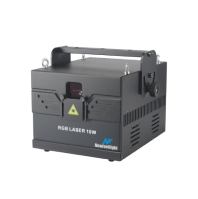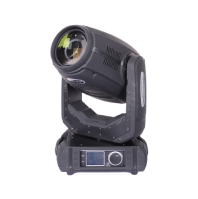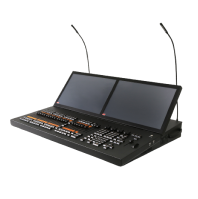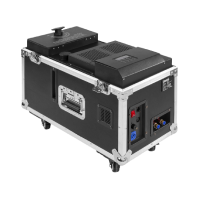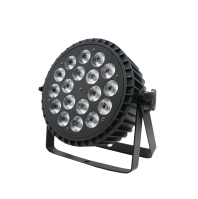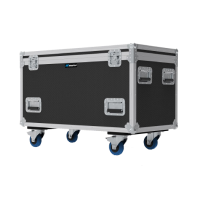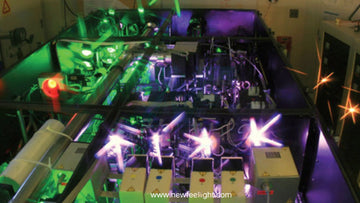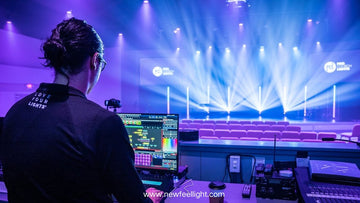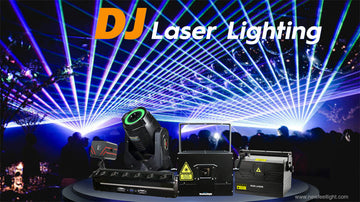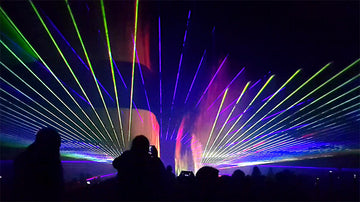Table of Contents
- Why Mirror Substrate Selection Matters in High Power Laser Systems
- Silicon vs. Copper: The Industry Standards for Laser Beam Light Mirrors
- Mounting and Mechanical Considerations
- Coatings: From Bare Metal to Dielectric-Enhanced
- Mirrors for Laser Resonators: Power and Polarization
- Beam Delivery Mirrors: Total System Efficiency
- Cleaning, Longevity, and Lifecycle Cost
- Final Thoughts: Mirror Choices That Power Performance
In today's rapidly evolving high powered laser industry, selecting the correct mirror substrate and coating is more critical than ever. Whether you're designing high power laser systems for industrial cutting, building an immersive night sky projector for large-scale events, or engineering the best laser light show, the performance of your mirrors directly impacts the stability, efficiency, and longevity of your system.
At Newfeel Light, we’ve spent over 20 years supplying OEMs, system integrators, and professional laser companies with high-performance laser beam light components. This blog provides a deep dive into how to choose the ideal laser mirror substrate and dielectric coating for your application—whether in a resonator or a complex beam delivery system.
Why Mirror Substrate Selection Matters in High Power Laser Systems

In any high powered laser setup, especially those delivering several kilowatts of optical power, the substrate material of the mirror becomes a decisive factor. Substrates must handle heat efficiently, resist physical deformation, and maintain optical surface quality over time.
Key Substrate Properties to Evaluate:
- Thermal Conductivity – Essential for heat dissipation during high-power operation
- Coefficient of Thermal Expansion (CTE) – A low CTE minimizes distortion under thermal load
- Mechanical Stability – Determines mounting strength and long-term flatness
- Surface Polishability – Affects reflectivity and beam distortion
- Material Cost and Machinability – Impacts project budget and scalability
- Silicon vs. Copper: The Industry Standards for Laser Beam Light Mirrors

The two most common materials used for laser mirror substrates in CO₂ laser systems are silicon and copper. Each has advantages depending on your use case.
Silicon Mirrors:
- Excellent thermal stability
- Lower CTE than copper
- Easy to polish for high-reflectivity finishes
- Cost-effective, especially for volume orders
- Preferred in applications requiring minimal thermal deformation, such as night sky projector systems or precision beam delivery setups
Copper Mirrors:
- Thermal conductivity ~2.5× higher than silicon
- Ideal for ultra high powered laser applications
- Supports active water cooling (easier to machine mounting or cooling holes)
- Softer material – requires care in handling
- Typically more expensive due to polishing difficulty
Copper is especially valued in most powerful laser systems where thermal load is extreme, and heat must be rapidly conducted away from the optical surface. However, its higher thermal expansion means it is more susceptible to shape distortion unless cooled effectively.
Mounting and Mechanical Considerations
Regardless of the substrate material, improper mounting can lead to severe surface distortion, impacting beam quality and alignment. The Young’s modulus and Poisson’s ratio of the substrate influence how it reacts to mounting stress.
For both silicon and copper, maintaining flatness under mechanical pressure requires precision mounting design. Though silicon is stiffer, copper’s ductility makes it more vulnerable to surface damage. In laser beam light systems with frequent adjustments or high-speed movement, silicon often performs better under dynamic conditions.
Coatings: From Bare Metal to Dielectric-Enhanced

Mirror coatings are what make a substrate reflective and functional. In CO₂ lasers (10.6μm), users can choose from:
Uncoated Metal Mirrors (e.g., bare copper or molybdenum)
Pros:
- Lower cost
- Stable reflectivity if clean
- No coating degradation
Cons:
- Lower reflectivity (bare copper ~98.8%)
- Higher absorption → increased heat distortion
- Oxidation over time
- Soft surface—easily scratched
These are rarely used in modern high power laser systems, as performance is generally inadequate for long-term industrial use or laser light show precision.
Dielectric-Coated Metal Mirrors
Dielectric coatings significantly enhance mirror performance. Common types include:
- Enhanced Silver (ES): Reflectivity ~99.6% at 10.6μm
- Super Enhanced Silver (SES): Reflectivity up to 99.8%
- Gold-based or multi-layer dielectric coatings for specific polarization or durability needs
These coatings offer:
- Superior reflectivity
- Lower absorption
- Better resistance to scratches and contamination
- Extended mirror life, especially in high-use laser beam light systems
At Newfeel Light, we offer precision coatings tailored to application-specific requirements, including multi-layer dielectric stacks for cavity mirrors, delivery mirrors, and even mirrors for advanced night sky projector installations.
Mirrors for Laser Resonators: Power and Polarization

Inside a laser resonator, mirrors do more than reflect—they define the laser mode, help generate polarization, and impact beam quality.
For high powered laser resonators:
- High reflectivity (>99.6%) is essential
- Low absorption prevents distortion and thermal lensing
- Dielectric coatings outperform bare metal in consistency and longevity
If polarization is required, we offer polarization-selective mirrors using dielectric coatings on non-metal substrates like germanium or zinc selenide. These mirrors can maintain S-polarized reflectivity at 99.5% while reducing P-polarized reflectivity below 90%, helping you shape the desired beam output.
Beam Delivery Mirrors: Total System Efficiency
In beam delivery systems, which can involve several reflective optics, the reflectivity of each mirror impacts total output power. For instance, using four mirrors with 99.6% reflectivity yields:
- Total system efficiency = (0.996)^4 = 98.4%
When designing a laser beam light system or a high-performance night sky projector, every percent counts. High-reflectivity coatings minimize energy loss and reduce the number of corrective adjustments required during operation.
Whether you’re delivering power to a cutting head or projecting beams across a stadium, consistent high reflectivity ensures a sharp, bright beam—exactly what’s needed for the best laser light show or optimal material processing.
Cleaning, Longevity, and Lifecycle Cost

Even the best mirror will degrade if not properly maintained. Surface contamination, abrasion from cleaning, and long-term thermal cycling all reduce performance.
We recommend:
- Using high-reflectivity dielectric coatings from the start
- Implementing regular cleaning schedules
- Choosing substrates like silicon for longer-lasting flatness and polishability
- Replacing degraded mirrors before reflectivity drops below performance thresholds
Factoring in mirror replacement downtime and labor, it's often more cost-effective to invest in quality optics upfront—especially in continuous-use high power laser systems.
Final Thoughts: Mirror Choices That Power Performance
Your laser system is only as good as its weakest optical link. When designing or upgrading your high powered laser setup, choosing the right laser mirror substrate and coating is critical for efficiency, safety, and long-term ROI.
Whether you’re creating the most powerful laser rig for industrial use, engineering a laser beam light matrix for beam shaping, or installing a night sky projector for massive live events—we have the right mirror for the job.


